
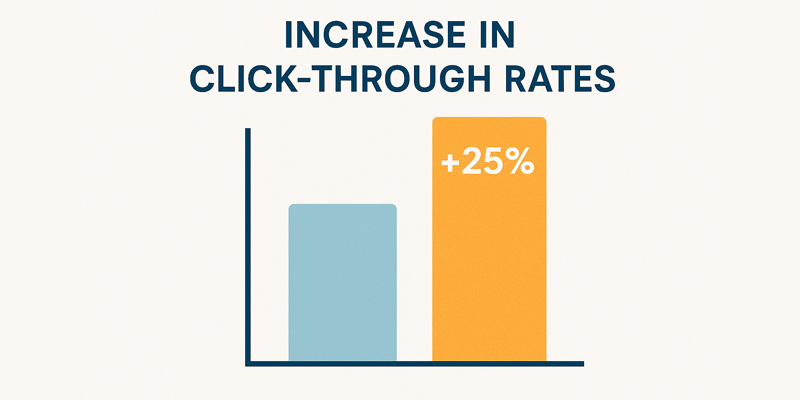
In today’s fiercely competitive digital marketplace, staying ahead of PPC trends 2025 is essential for eCommerce brands striving to capture attention, drive traffic, and maximize sales. Pay-per-click (PPC) advertising is evolving at an unprecedented pace, fueled largely by advancements in AI in PPC advertising and shifting consumer privacy expectations. These shifts demand that brands adopt innovative strategies and tools to optimize their ad spend effectively.
At Bud, we understand the transformative power of the right paid media approach. Our team has analyzed the most reliable industry reports, case studies, and expert insights to deliver the definitive guide on the latest eCommerce PPC trends 2025. This comprehensive blog by Expert PPC Agency breaks down the top 10 trends shaping the landscape, offering actionable guidance and data-backed proof to help your business not just compete but lead.
Artificial intelligence is no longer an experimental feature but the backbone of successful paid advertising strategies in 2025. AI in PPC advertising is transforming how campaigns are created, optimized, and scaled.
AI allows for smarter bidding strategies, nuanced audience segmentation, real-time data analysis, and even creative generation. For eCommerce brands, this means:
Data from the Digital Marketing Institute shows that nearly 90% of advertisers have embraced AI tools for PPC management in 2025. Google’s AI-driven dynamic ad generation has boosted click-through rates by as much as 25% for select eCommerce brands.
At Bud, integrating AI-driven bidding and audience insights through Google Ads Performance Max campaigns has led to significant ROAS improvements. We're able to allocate budget dynamically where it performs best, reducing wasted spend by over 20%.
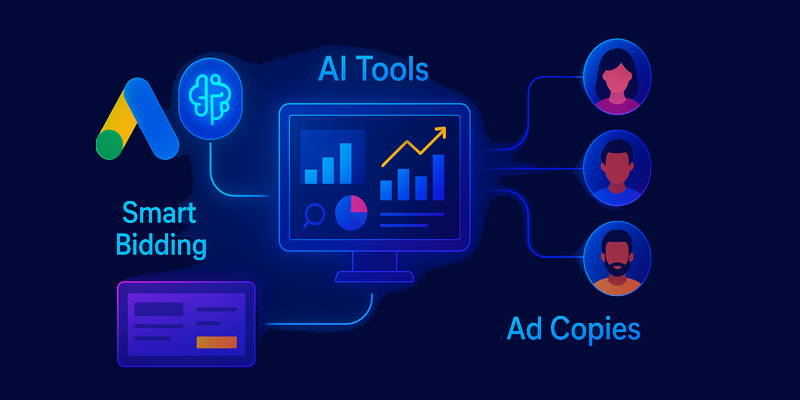
Automation is rapidly becoming the norm within Google Ads, fundamentally changing campaign management. Campaigns that leverage full automation—via Google’s Performance Max, smart bidding, and machine learning-driven asset grouping—are outperforming traditional manual setups.
Google reported that campaigns using automation deliver higher conversions with less manual work, freeing brands to focus on creative strategy and audience insights. For eCommerce, this means:
With regulations like GDPR and CCPA firmly in place and tech giants phasing out third-party cookies, eCommerce PPC trends 2025 emphasize the importance of privacy-centric data strategies.
Brands can no longer rely solely on third-party data for ad targeting. Instead, first-party data—gathered from website interactions, CRM, and purchase history—is critical for maintaining ad relevance and respecting privacy.
Studies indicate that eCommerce brands actively incorporating first-party data with AI see up to 15% improvement in lead and conversion quality.
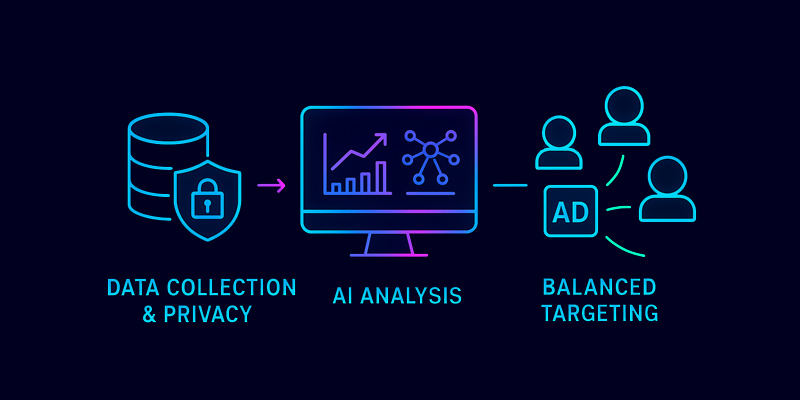
We’ve integrated our CRM and website analytics deeply with AI-driven PPC models to capitalize on our first-party data. This data-centric approach has improved ad targeting precision and increase our conversion rate.
Static ads are giving way to hyper-personalized, dynamic creatives powered by AI in PPC advertising. Personalization enhances relevance, engaging consumers with messaging tailored to their purchase intent and behavior.
Bud uses AI to auto-generate tailored ad variants for different customer segments, boosting engagement and improving our cost per acquisition by double digits.
Consumer shopping behaviors are evolving with the rise of voice assistants and visual search technologies, creating new challenges and opportunities for PPC.
Bud noticed a 40% uplift in engagement on voice-optimized keywords and visual ad formats featuring product images in recent campaigns targeting budget-conscious tech buyers.
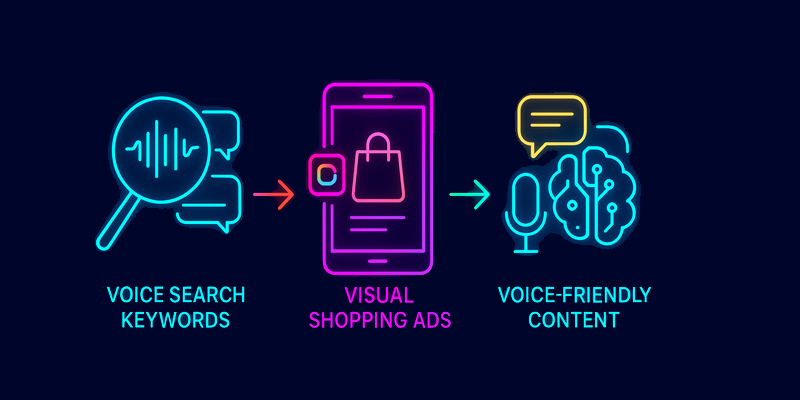
Moving beyond basic demographics, today’s eCommerce PPC trends favor targeting based on real-time behaviors, interests, and purchase intent, enabled by AI.
Campaign data shows brands using behavior-centric targeting see increased CTRs, reduced CPA, and improved customer lifetime value.
Bud leverages AI-driven clustering to segment customers precisely by preferences, browsing habits, and purchase triggers, yielding better campaign returns and personalized messaging.
Consumers are increasingly eco-conscious, and sustainability themes in ads are gaining traction as a powerful differentiator in the eCommerce space.
Bud experienced a 23% higher conversion rate with campaigns highlighting our eco-friendly PVC products, underscoring the impact of sustainability in PPC messaging.
The PPC ecosystem in 2025 is rich with automation tools beyond native platforms, offering functionalities like budget pacing, anomaly detection, and creative testing.
Tools such as Optmyzr, AdEspresso, and specialized AI platforms integrate seamlessly with Google and Microsoft Ads to boost efficiency and ROI.
Bud’s digital marketing team leverages a combination of these tools to maintain performance while scaling rapidly across multiple product lines.
While Google Ads remains dominant, savvy eCommerce brands are diversifying ad spend across Bing, Meta, TikTok, Instagram, and retail media networks.
Bud’s multi-channel approach ensures wider reach, better segmentation, and improved acquisition metrics.
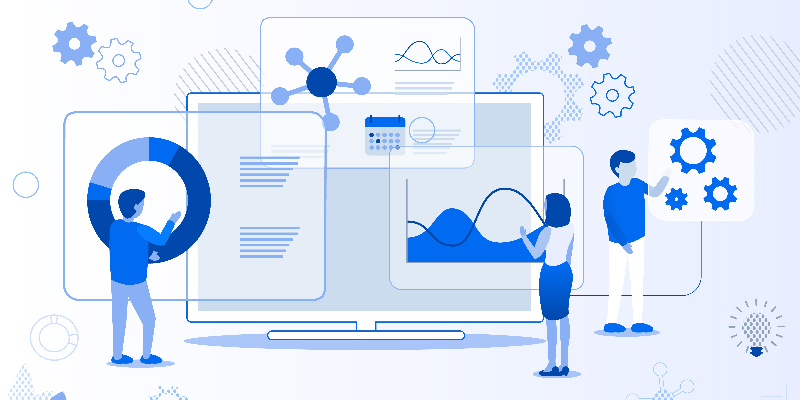
With automation and AI deepening, advertisers need more transparent and actionable reporting to maintain control.
Bud invests in advanced analytics dashboards that integrate paid media data with CRM outcomes for comprehensive performance insights, enabling smarter optimization decisions.
The landscape of PPC trends 2025 is more exciting and challenging than ever for eCommerce brands. The powerful role of AI in PPC advertising, combined with automation, privacy-first practices, personalization, and evolving consumer behavior, demands an agile, data-driven approach.
Bud is at the forefront of these trends, harnessing innovation to drive better results, more efficient spending, and sustainable growth. By adopting these top 10 eCommerce PPC trends 2025, brands can unlock new customer opportunities and position themselves for long-term success.
Are you ready to transform your paid media strategy with the latest PPC advancements? Connect with Bud to discover how we can elevate your campaigns in 2025 and beyond.